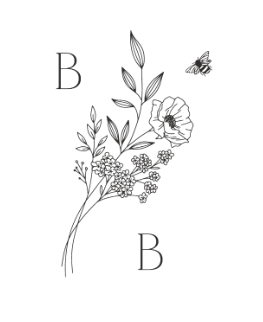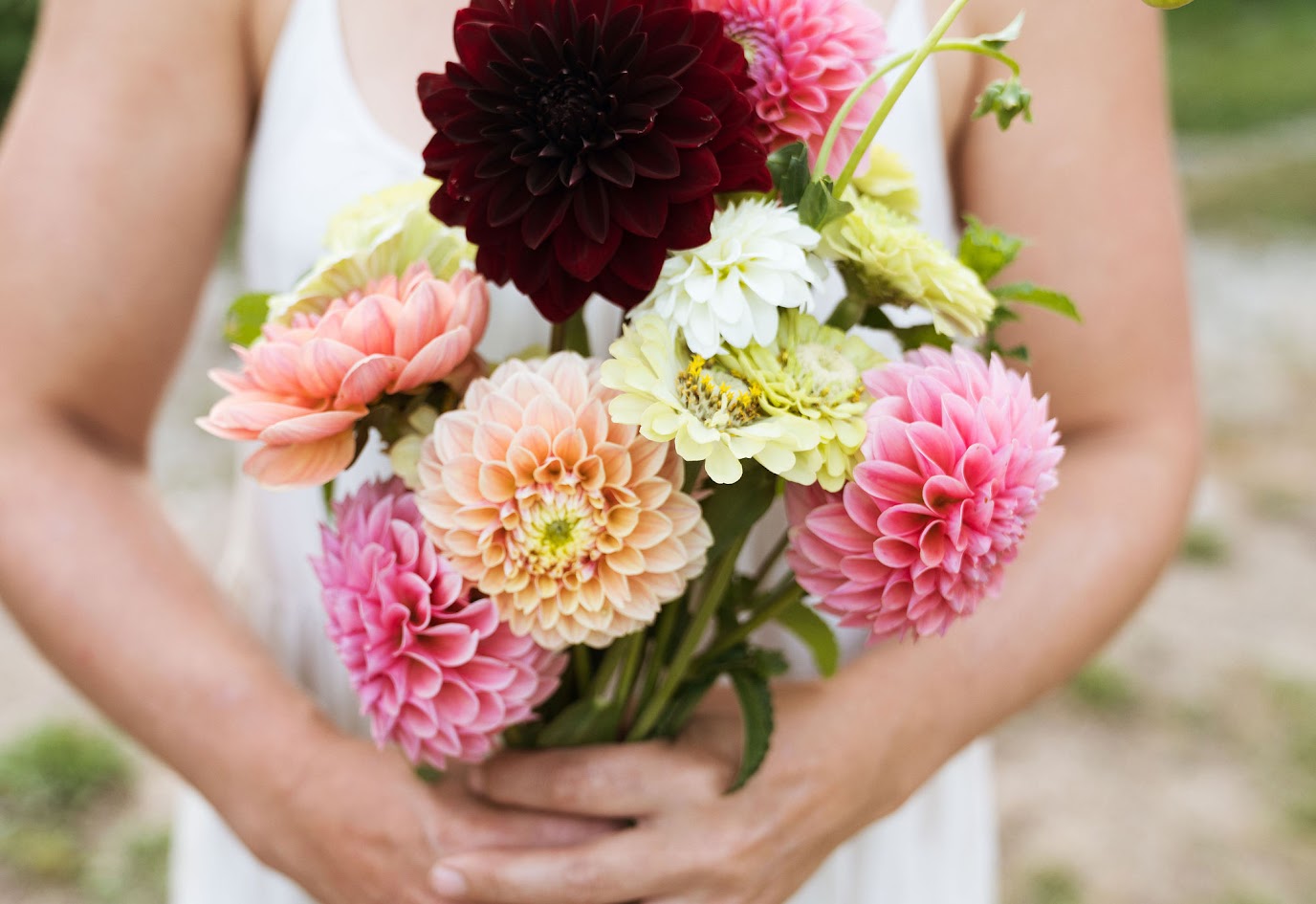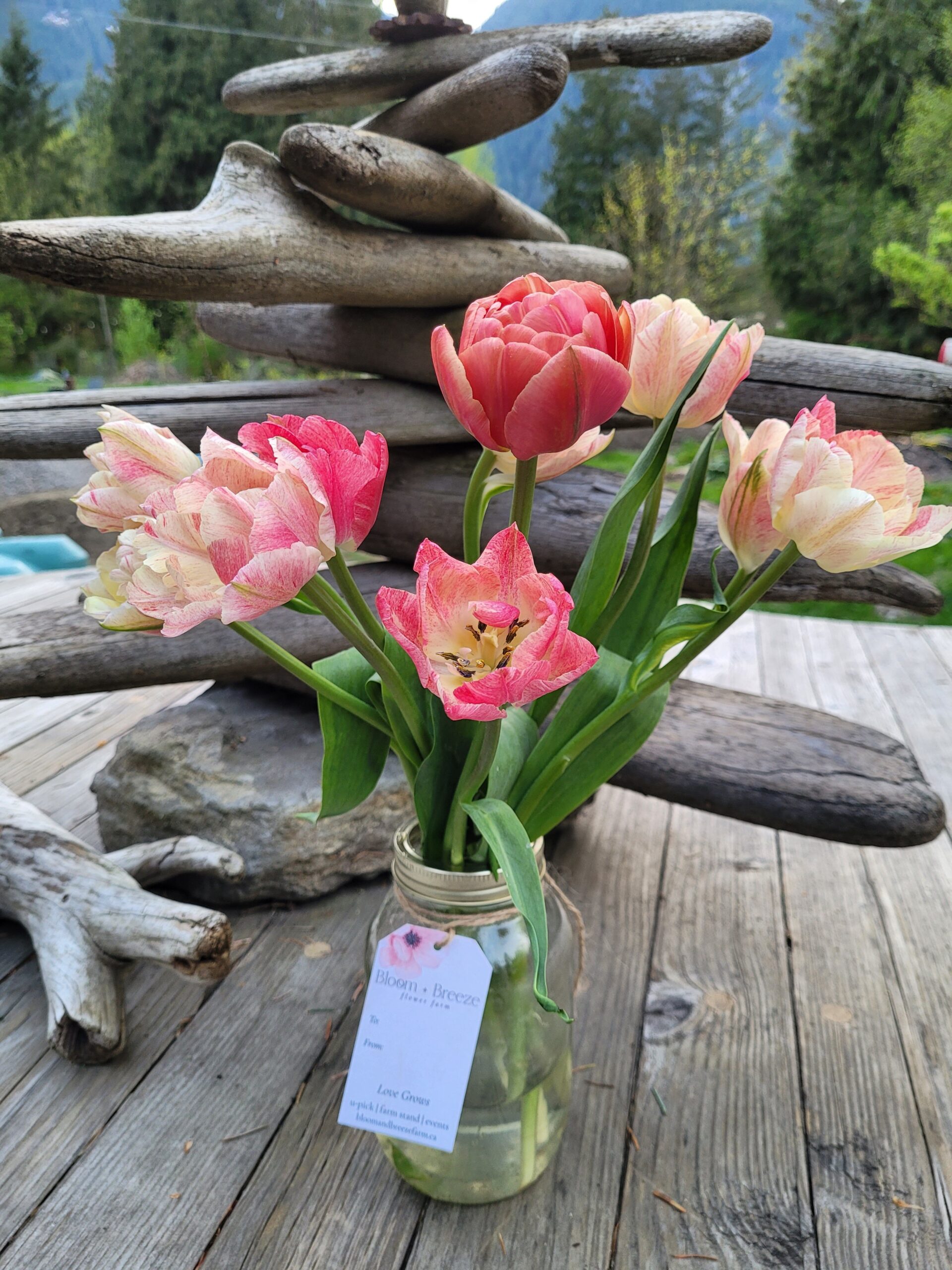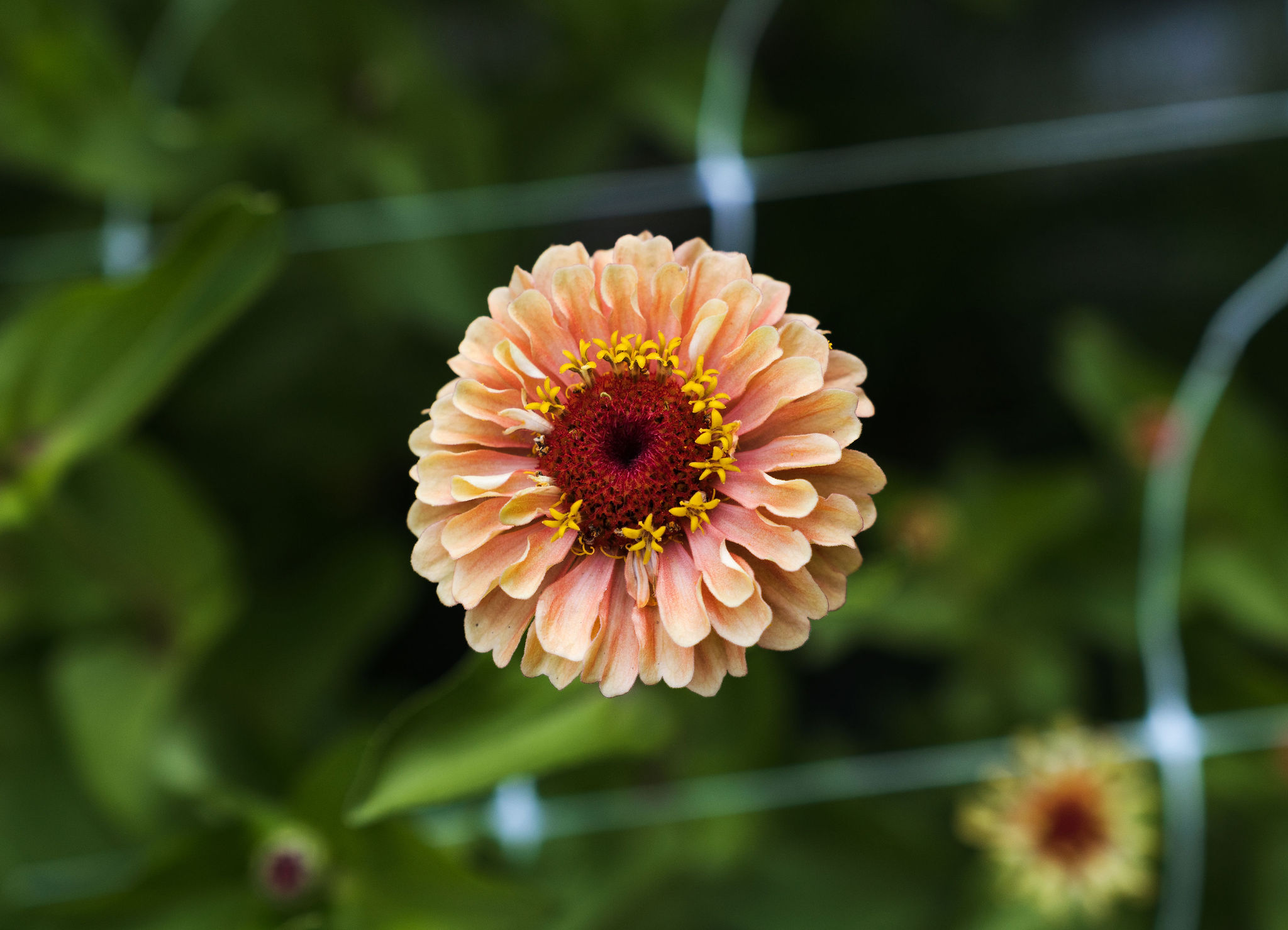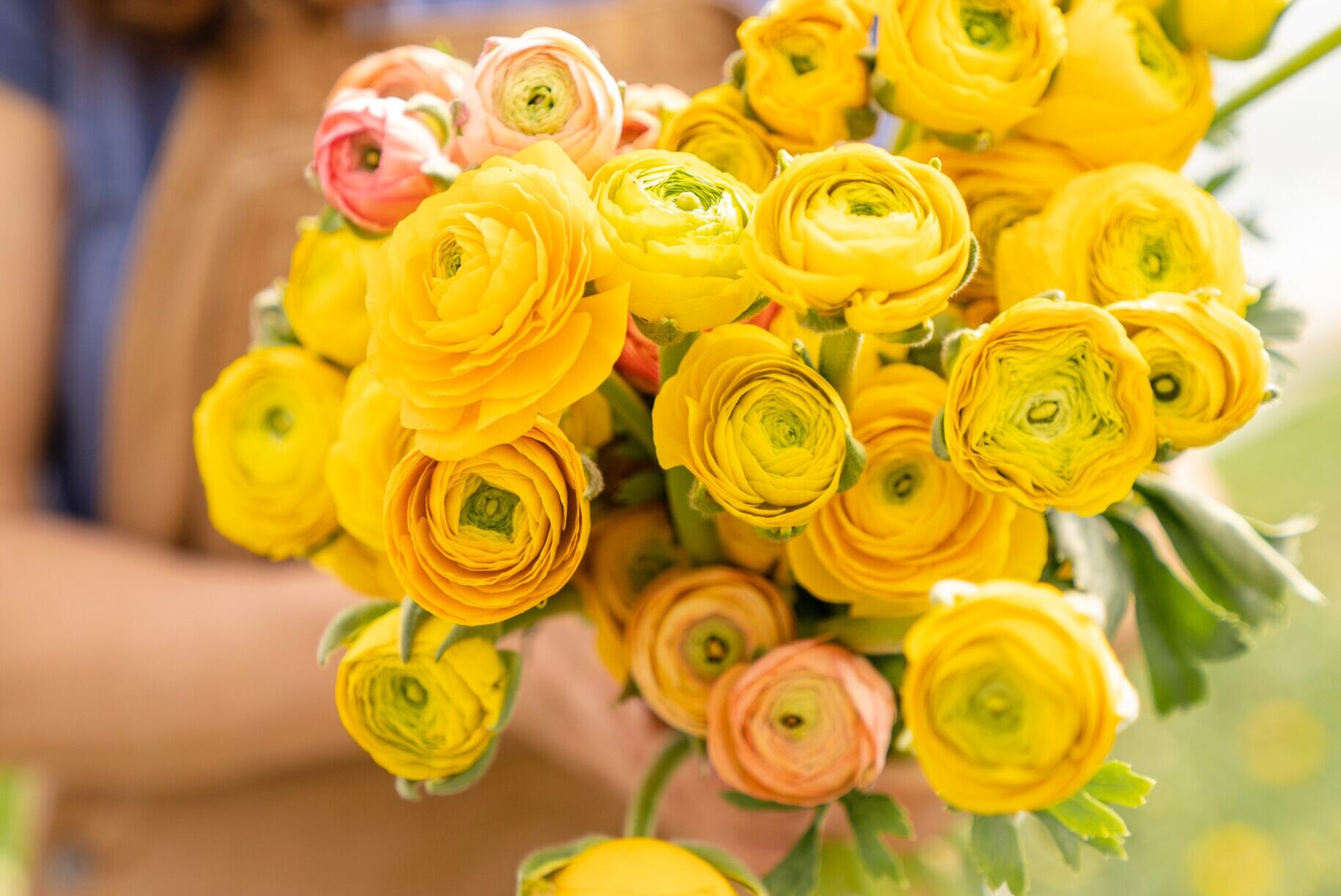
How to Grow Ranunculus
Here’s a comprehensive guide on how to grow ranunculus from corms, including how to sprout them:
Step 1: Choosing and Preparing Corms
- Purchase high-quality corms: Choose healthy, firm ranunculus corms from a reputable source. Look for corms that are plump, free of mold or rot, and have intact papery skin.
- Soak corms for several hours: Before planting, soak the corms in water for several hours to rehydrate them and encourage sprouting. This will help jumpstart the growth process.
- Prepare the planting site: Select a well-draining location with full sunlight or partial shade for planting ranunculus corms. Prepare the soil by loosening it to a depth of about 8-10 inches and adding organic matter, such as compost or well-rotted manure, to improve fertility and drainage.
Step 2: Planting Corms
- Plant corms with the claws facing down: Ranunculus corms have small claws or tubers on one side, which are the growing points. Plant the corms with the claws facing down and the flat side facing up. Space the corms about 6-8 inches apart and plant them 2-3 inches deep with the claws pointing downwards.
- Water thoroughly after planting: Water the corms thoroughly after planting to ensure good contact between the corms and the soil. Keep the soil evenly moist but not waterlogged throughout the growing season.
- Mulch to conserve moisture: Apply a layer of mulch, such as straw or shredded leaves, around the planted corms to help conserve moisture, suppress weed growth, and regulate soil temperature.
Step 3: Caring for Ranunculus
Provide regular water and fertilizer: Ranunculus corms require consistent moisture to grow and flower well. Water them regularly, keeping the soil evenly moist but not waterlogged. Avoid overhead watering, as it can cause fungal diseases. Additionally, feed the plants with a balanced, all-purpose fertilizer every 2-3 weeks during the growing season to promote healthy growth and blooming.
- Protect from extreme weather: Ranunculus plants are sensitive to extreme weather conditions, such as frost and excessive heat. If frost is expected, cover the plants with frost cloth or bring potted plants indoors. Provide shade during hot spells or move potted plants to a cooler location to prevent heat stress.
- Pinch off flower buds for stronger plants: To encourage the ranunculus plants to establish a strong root system, it’s recommended to pinch off the flower buds that form initially. This will divert the plant’s energy towards root development and result in stronger plants that will produce more blooms later in the season.
- Stake tall varieties: If you’re growing tall ranunculus varieties that tend to flop or bend under their own weight, it’s a good idea to stake them for support. Use bamboo stakes or other suitable materials and gently tie the stems to the stakes with soft ties or twine. This will help keep the plants upright and prevent them from falling over or breaking.
Step 4: Harvesting Ranunculus Flowers
- Wait for flowers to bloom: Depending on the variety and growing conditions, ranunculus flowers usually start blooming about 90-120 days after planting. The flower buds will initially appear as small, tightly closed buds that gradually open into beautiful, multi-layered blooms.
- Harvest flowers when at marshmellow stage: To harvest ranunculus flowers, wait until they are at the marshmellow stage. Cut the stems at an angle just above a set of healthy leaves, using sharp, clean scissors or pruning shears. Avoid cutting too close to the corms, as this can damage the plant’s ability to produce more flowers.
- Enjoy the flowers: Ranunculus flowers make stunning cut flowers and are often used in floral arrangements, bouquets, and other decorative purposes. Place the freshly cut stems in a vase with clean water and change the water every few days to prolong the vase life of the flowers.
- Leave some flowers for the plant to rejuvenate: It’s important to leave some flowers on the ranunculus plants so that they can continue to photosynthesize and replenish the corms for next year’s growth. Avoid harvesting all the flowers at once and leave some blooms on the plants to ensure the longevity of the plant.
Ranunculus plants are known for their vibrant colors, intricate petals, and long-lasting blooms, making them a popular choice for gardeners and flower enthusiasts. With proper care and attention to detail, you can enjoy a spectacular display of ranunculus flowers in your garden or as cut flowers. Happy gardening!
.

